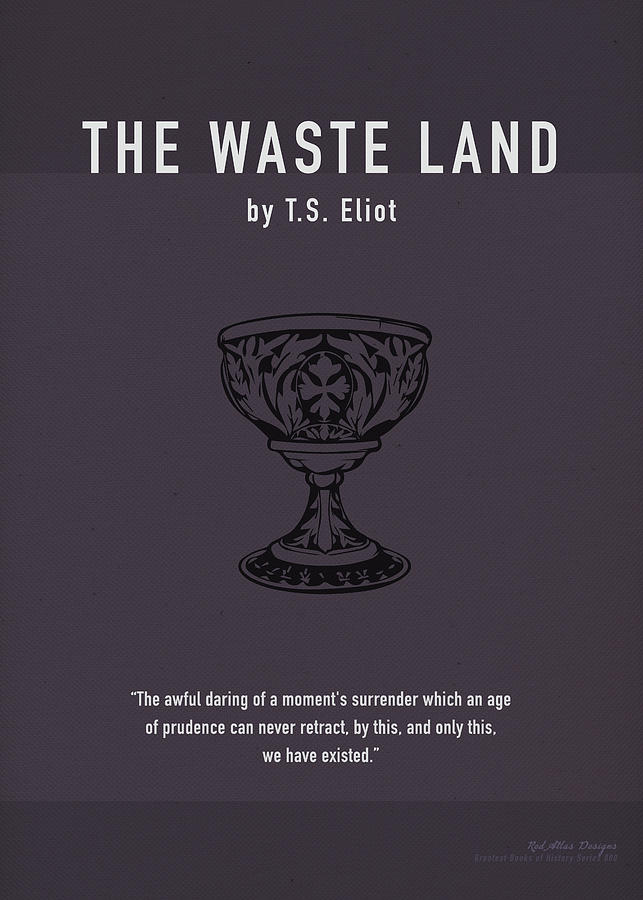

In The Waste Land Eliot quotes from Wagner’s Tristan und Isolde, based on the medieval legend of fatal love, and also from the Ring Cycle, with the mystifying Valkyrie cry, “Weialala leia/ Wallala leialala.” It begins with Wagnerism (amusing asides include Nietzsche presenting the maestro composer a gift of silk underwear, and Wagner later accusing Nietzsche of being a masturbator) with its “endless melody,” Gesamtkunstwerk, and the ecstatic aesthetics of Teutonic myths. Instead he guides us through a happy hunting ground of artistic movements, ferreting out the context of the poem’s achievement. True to his word, except for a few cameos, he doesn’t grant Eliot his close-up until the sixth chapter, and even then only to repeatedly upstage him. ” To that purpose he focuses more on the historical and cultural context than on the poem or the poet - who “doesn’t make an appearance until halfway through.”


He states upfront that his intention is not an attempt to add to its “recognition … as a poem to be analyzed - there’s a mountain of scholarship on that - but as a phenomenon … a component in a broader … revolution that led to abstraction in art, atonality in music, and an overall flouting of conventions. Jed Rasula makes the case for the poem’s lasting revolutionary impact in his engaging and insightful, if occasionally discursive, What the Thunder Said: How the Waste Land Made Poetry Modern. But does the poem have any more clout these days than that of Eliot’s Old Possum’s Book of Practical Cats and its immortal musical adaptation? Yet has its impact survived the age of the internet, in a waste land perhaps beyond Eliot’s imagining? True, phrases from the text such as “April is the cruelest month” and “memory and desire” - even an occasional “unreal city” and “fear in a handful of dust” - persist in the general discourse, popping up meme-like and dimly connected, if at all, to the source.

Eliot’s poem The Waste Land, which, along with James Joyce’s Ulysses, published the same year, is considered one of the defining works of modernism. Norton & Co., 505 pages, $28.49.Ī hundred years have passed since the debut of T.S. Princeton University Press, 344 pages, $31.67. What the Thunder Said: How the Waste Land Made Poetry Modern by Jed Rasula. Poet and professor Jed Rasula makes the case for The Waste Land ‘s lasting revolutionary impact in his engaging and insightful, if occasionally discursive, study.


 0 kommentar(er)
0 kommentar(er)
